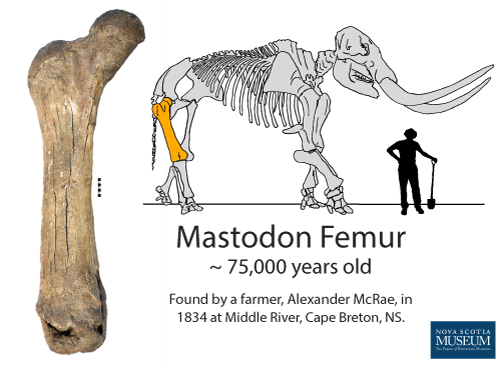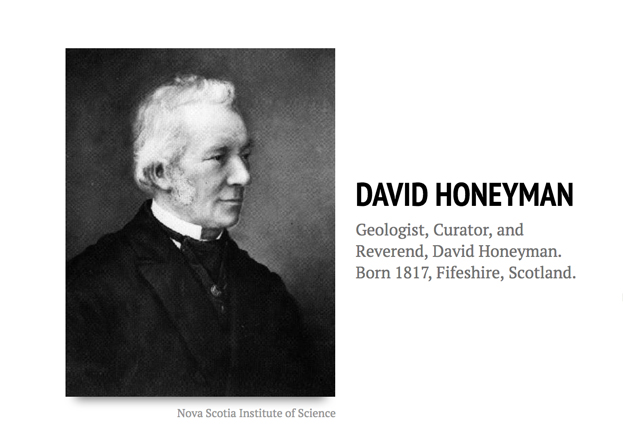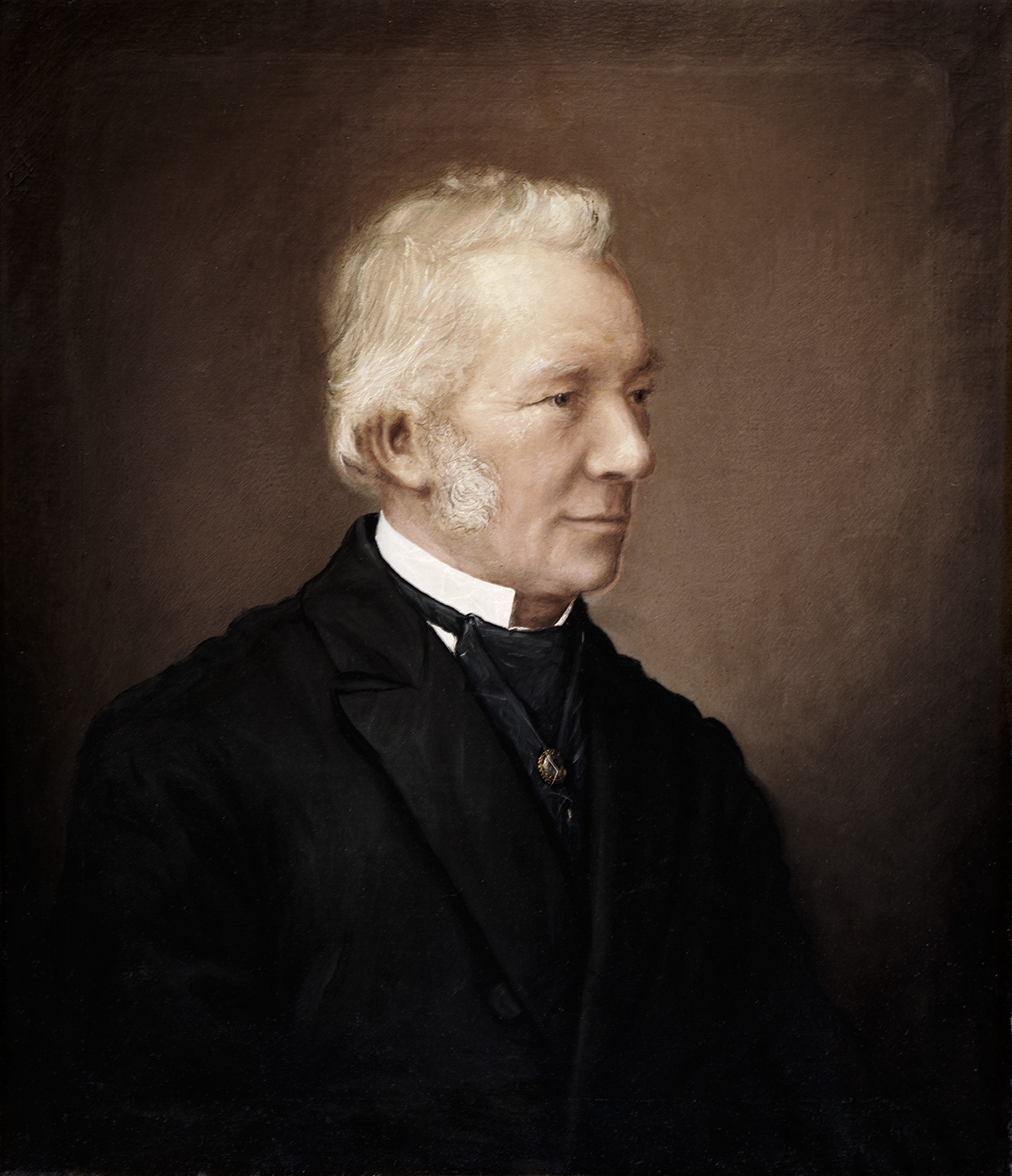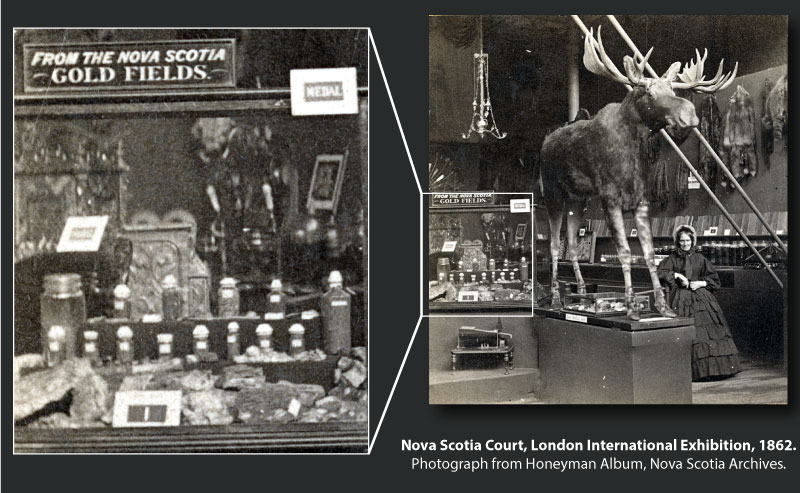During the past year we have been exploring the impact of the Museum's first Curator, Dr. David Honeyman, and his work representing Nova Scotia at the 1862 International Exhibition in London. Today, as we celebrate the 200th birthday of John Ruskin (Born Feb. 8, 1819), it is exciting to have recently discovered a historical connection between Ruskin and the early geology collection of the Nova Scotia Museum.
NSM150

The Mastodon femur recently put back on display at the Museum of Natural History, was found in Middle River, Cape Breton, Nova Scotia. This bone has a big history!
Big Sandy
The huge bone was discovered by a Alexander McRae in 1834. Alexander's nick-name was "Big Sandy". We don't know if the Mastodon was a male or female, and it was found along the banks of the river, so Big Sandy might be a good nick-name for this historic femur.

19th Century Science and Culture
As we begin the journey of #FindingHoneyman, we start with a timeline of David Honeyman - the first Curator of the Nova Scotia Museum. This timeline provides an opportunity to discover links between between life events and historical contexts.

There’s something about a birthday that ends with a “0” that prompts reflection. These milestones feel like big accomplishments, moments to look at how far we’ve come while we take a pause before embarking on the next chapter.
